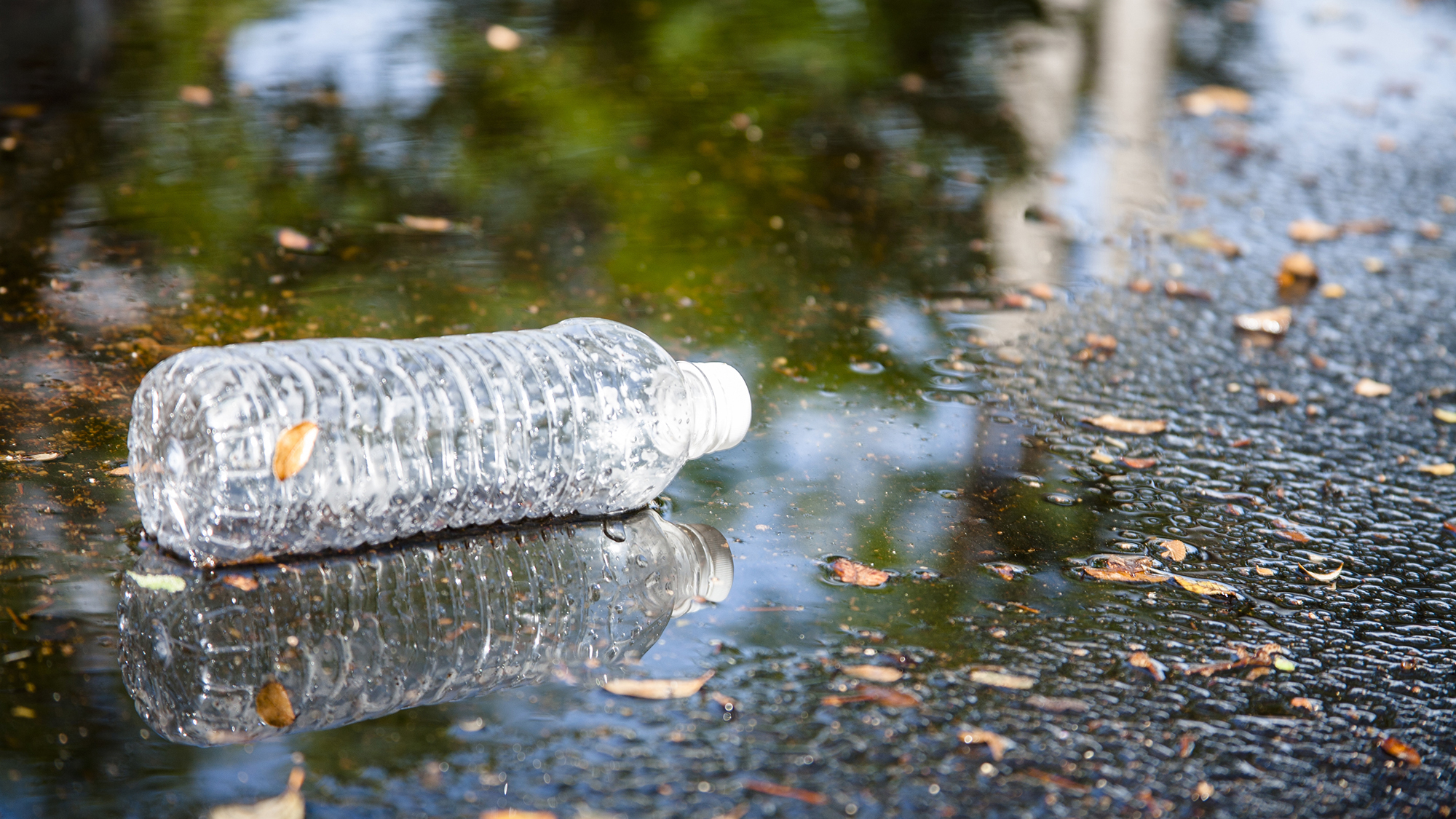Is the plastics debate moving forward? Part 1

Is the plastics debate moving forward? Part 1 22nd February 2021 Posted by DrAdamR Blog by Dr Adam Read (External Affairs Director, SUEZ recycling and recovery UK) Unsurprisingly, there is still so much attention focused on plastics across the media, from “why so much is being exported for reprocessing”, to “why single use plastics haven’t been phased out yet”, and “how will new packaging formats and materials meet consumer and environmental demands better”? In this blog I will reflect on some of these ongoing discussions and look ahead to why the coming months will be so critical to the future of plastics in the UK, and for many sectors of the UK economy.
Never a dull moment
In recent weeks I have spoken at a number of e-conferences (in a number of different sectors) including those hosted by the Food Packaging Association, Westminster Insights (policy focused), IOM3, BioPlastics Europe, the BioBased and Biodegradable Industries Association. In all cases attention quickly focused on the significant policy reforms currently facing the UK, including extended producer responsibility (EPR), deposit return schemes (DRS) and consistent recycling collections, and what they will mean for different actors, business and of course consumers in terms of changing packaging design, materials choices and post consumption capture and handling.
These reforms will deliver significant improvements for packaging capture, recycling and closed loop processing. But this transition won’t be pain-free. Consumers will be given greater certainty that the same core materials will be collected from home and work across the UK, but the final list of materials is still to be confirmed. Brands (the producers of packaging) will foot the real costs of capturing, handling and recycling or disposing of their packaging. Currently they only pay about 10% with the rest paid for by consumers through their local taxes. This will drive a number of key decisions about materials choice, complexity of the packaging, the labelling, look and style of the packaging to improve its likelihood of being put in the right container for recycling and to ease its processing at our sites. We may even see new forms of packaging that support reuse and return with deposits being paid on the more expensive packaging that is now not owned by the consumer but by the brands themselves such as the LOOP platform from Terracycle.
With DRS expected to be introduced in parallel, many of the plastic bottles, glass bottles and aluminium and steel cans we put out in our recycling collection will now have a deposit on them (20p is likely) and this can be reclaimed when the packaging goes back through the system either at a supermarket or reverse vending machine. The final details of DRS remain a thorny issue and will be debated in the coming months. However, the loss of this material from the collection service and from our sorting centres could open the door for other target materials like flexible packaging, films, cartons, but only if these materials are considered ‘core’ in the new policy reforms. There remains much uncertainty, but things will be changing and in a significant way in under two years from now, so if you aren’t already engaged in these issues, it’s time to join the discussion!
Are we asking the right questions?
I also have a number of similar, but equally diverse, events coming up in the near future, including ones hosted by UKRI on innovation in polymers and Rethink Plastics on the materials value chain. There will also be a series of webinars that SUEZ recycling and recovery UK will be hosting to focus on flexible plastic packaging, including films and cartons and what the opportunities and barriers might be for their wider inclusion in core waste management systems and services. I will be hosting these three webinars in March 2021, which will draw heavily on a recently launched report we completed on behalf of a number of leading brands (including Nestle, Mars, Ella’s Kitchen and Taylors of Harrogate) to dig deeper into how we can capture these materials, what sorting systems are needed and what end market demand might there be. If you are interested in flexible plastic packaging, from crisps packets and films, to pouches and cartons then sign up and join the debate, because time is running out.
Almost always at these online events about packaging and materials choice the discussions usually end up with the brands, packaging designers and retailers asking me a series of what if questions:
- If we switch to aluminium will that work better at your sorting plant?
- If we remove one of the composite layers could this pouch go in with the plastics?
- Could you install some new technology to sort this polymer from that, and if so, what would that cost?
This is a far cry from the discussions we were having with industry only two years ago, when the primary issues for the brands, retailers and packaging experts was either ‘can you tell us about the rumours we are hearing concerning EPR reform?’ or more often ‘why can’t you recycle our product/packaging at your MRF?’
This is definitely progress, and with the policy reforms not due to be implemented until 2023/24 we still have time to raise awareness, develop solutions, collaborate across the material and value chains and plan for the significant transition that is heading our way.
